Blocked sewer lines can cause major headaches for homeowners. They disrupt daily routines and can lead to costly repairs.
Understanding the basics of plumbing repairs for blocked sewer lines is crucial for preventing further damage and maintaining a healthy home. Dealing with a blocked sewer line can feel overwhelming, but timely plumbing repairs for blocked sewer line problems can prevent foul odors, slow drainage, and messy sewage backups from taking over your home.
But don’t worry; this guide will help you navigate these plumbing issues. We’ll cover common causes, signs of blockage, and effective repair methods. You’ll learn how to tackle the problem and when to call in a professional.
By understanding these repairs, you can keep your plumbing system in top shape and avoid bigger problems down the road.
Let’s dive into the essentials of plumbing repairs for blocked sewer lines.

Credit: www.wagnermechanical.com
Common Causes
Blocked sewer lines can lead to major plumbing issues. Understanding common causes helps prevent these problems. Below are some frequent reasons your sewer line might get blocked.
Tree Roots
Tree roots naturally seek moisture. Sewer lines provide an abundant water source. Over time, tree roots invade the pipes. They grow and cause blockages. Even a small crack in the pipe can attract roots. Regular inspections help identify root intrusion early.
Foreign Objects
Foreign objects often cause sewer line blockages. Items like wipes, paper towels, and sanitary products do not break down easily. They create clogs in the pipes. Only flush toilet paper and human waste. Educate all household members on proper disposal. This prevents foreign objects from entering the sewer line.
Signs Of Blockage
Dealing with sewer problems can be stressful, but timely plumbing repairs for blocked sewer line issues can prevent bigger headaches down the road. The key is spotting the warning signs early—but how can you tell if your sewer line is actually blocked?
Let’s dive into the most common indicators that you might be dealing with a blockage.
Slow Drains
One of the first signs of a blocked sewer line is slow drains. You may notice that water takes longer than usual to drain from your sinks, bathtub, or shower. This sluggish draining can be a signal that there is a blockage somewhere in your plumbing system.
Imagine you’re washing dishes and the water just sits there, taunting you. Frustrating, right? Or, you’re taking a shower, and it turns into a mini pool party. Not so fun, especially when it’s uninvited!
Tip: If you see multiple drains running slow, it’s more likely a sewer line issue rather than a simple clog in one fixture.
Unpleasant Odors
Another clear sign of a blocked sewer line is unpleasant odors. If you smell foul, sewage-like odors coming from your drains or even around your property, it’s time to pay attention. This smell is a red flag that something is wrong with your sewer system.
Think of it this way: a healthy plumbing system shouldn’t smell. If it does, it’s like your home is waving a big, stinky flag saying, “Help! There’s a problem!”
Fact: Sewer gases can be hazardous to your health, so don’t ignore these odors. They often indicate a problem that requires plumbing repairs for blocked sewer line to prevent further damage.
Recognizing these signs early can help you address blocked sewer lines before they turn into a plumbing nightmare. Stay vigilant and don’t hesitate to call a professional plumber if you suspect a blockage. After all, better safe than sorry, right?
Immediate Actions
Dealing with a blocked sewer line can be stressful and daunting, but timely plumbing repairs for blocked sewer line are essential. Acting fast is crucial to avoid further damage and potential health hazards. Here are immediate actions to take when faced with this plumbing issue.
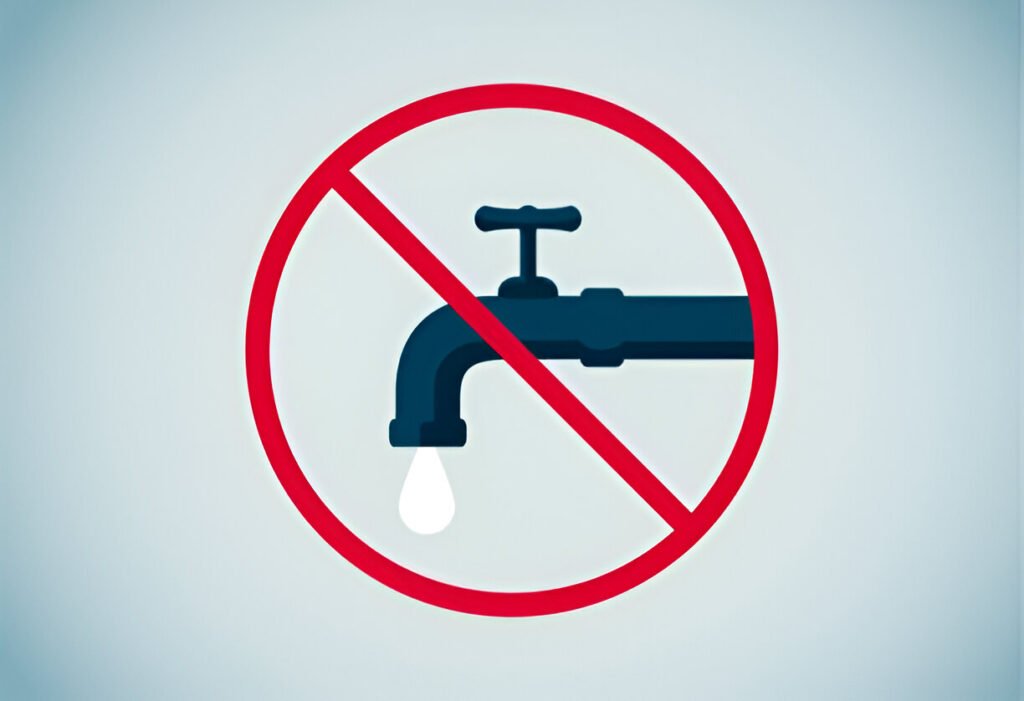
Stop Using Water
The first step is to stop using water in your home. Turn off all taps and fixtures. This prevents more water from entering the blocked sewer line, which can lead to overflows and backups. Inform all household members to avoid using any water until the issue is resolved.
Call A Professional
After stopping water usage, call a professional plumber. They have the tools and expertise to diagnose and fix the problem. Professionals can handle the situation safely and effectively. Choose a plumber with good reviews and experience with sewer line repairs.
Diy Methods
Blocked sewer lines can be a homeowner’s nightmare, but with plumbing repairs for blocked sewer line, fear not! There are several DIY methods you can try before calling in the professionals. These methods are simple, cost-effective, and could save you a lot of hassle. Let’s dive into two popular techniques: the Plunger Technique and the use of Chemical Cleaners.
Plunger Technique
First up, the trusty plunger. Yes, the same tool you use for your toilet can be your best friend when dealing with plumbing repairs for blocked sewer line. Here’s how to do it:
- Get the Right Plunger: Make sure you use a plunger with a flange – the kind designed for toilets.
- Seal the Drain: Create a tight seal over the drain. This is key to creating the necessary suction.
- Push and Pull: Use strong, steady strokes. Push down firmly, then pull up without breaking the seal.
- Repeat: You might need to do this several times. Don’t give up too quickly!
It’s amazing how often a simple plunger can clear a stubborn clog. Remember, patience is key. If it doesn’t work right away, keep trying. And hey, it’s a great arm workout!
Chemical Cleaners
If the plunger doesn’t do the trick, it might be time to bring in the chemicals. But be careful! Not all chemical cleaners are created equal. Here’s a safe way to use them:
- Read the Label: Always follow the instructions on the product. Some chemicals can be harmful if used incorrectly.
- Use Sparingly: More is not always better. Use the recommended amount and give it time to work.
- Ventilate the Area: Open windows and doors. Some cleaners can produce strong fumes.
- Flush with Hot Water: After waiting the recommended time, flush the drain with hot water to clear away the dissolved blockage.
I remember one time I was dealing with a particularly stubborn clog. I used a chemical cleaner, waited for what seemed like forever (it was actually about 30 minutes), and then flushed with hot water. Voila! The blockage was gone, and my drain was back to normal.
Using chemical cleaners can be effective, but they should be a last resort. They can be harsh on your pipes and the environment. So, use them sparingly and responsibly.
Trying these DIY methods can often resolve the issue without the need for professional help. But if you’ve tried everything and still have a blockage, it might be time to call in the experts.
Remember, taking care of your plumbing is essential to maintaining a happy, healthy home!
Professional Solutions
Blocked sewer lines can cause significant issues in your home, making plumbing repairs for blocked sewer line is essential. Professional solutions provide effective methods to tackle these problems.
Two of the most common plumbing repairs for blocked sewer line are hydro jetting and snaking. Each method has its own benefits and is suitable for different situations.
Hydro Jetting
Hydro jetting is a powerful method used by plumbers to clear blocked sewer lines. It involves using high-pressure water to remove blockages and build-up inside the pipes. This technique is highly effective in removing stubborn clogs caused by grease, tree roots, and debris.
The process starts with a thorough inspection using a camera. This helps identify the exact location and nature of the blockage. Once the blockage is identified, a hose with a special nozzle is inserted into the sewer line. High-pressure water is then released, blasting away the blockage and cleaning the pipe walls.
Hydro jetting is environmentally friendly. It uses only water and avoids harsh chemicals. It also helps prevent future blockages by thoroughly cleaning the pipes. This method is ideal for both residential and commercial properties.
Snaking
Plumbing repairs for blocked sewer lines often include snaking, an effective method for clearing obstructions. This technique involves using a long, flexible metal cable with a coil at the end. The snake is inserted into the sewer line to break up and remove blockages.
Plumbers use a manual or motorized snake, depending on the severity of the blockage. The snake’s coil grabs onto the clog, allowing it to be pulled out or broken apart. This method is particularly useful for removing smaller blockages caused by hair, food particles, and paper products.
Snaking is less invasive compared to hydro jetting. It is often used for minor clogs and routine maintenance. It is an effective solution for homes experiencing frequent drain issues. Regular snaking can help maintain the health of your plumbing system.
Both hydro jetting and snaking are essential tools in a plumber’s arsenal. They provide professional solutions to keep your sewer lines clear and functional.
Preventative Measures
Dealing with a blocked sewer line is no fun. Trust me, I’ve been there. But, as they say, prevention is better than cure. By taking some preventative measures, you can save yourself a lot of hassle and expense in the long run, especially when it comes to plumbing repairs for a blocked sewer line.
Let’s dive into some simple yet effective strategies that can help you keep your sewer lines flowing smoothly.
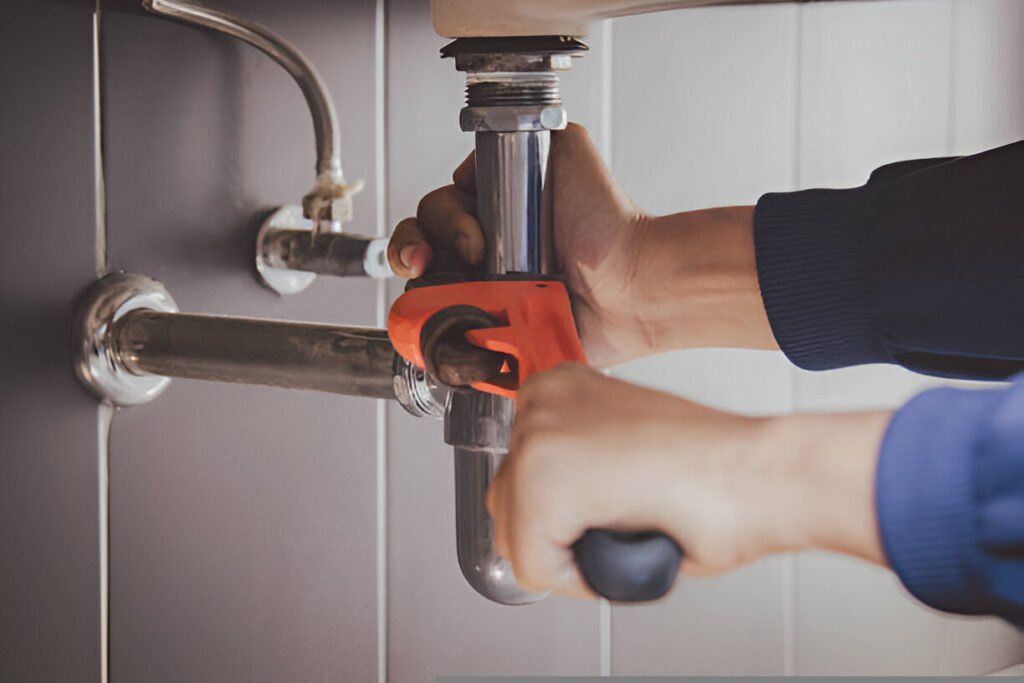
Regular Maintenance
Regular maintenance is like a health check-up for your plumbing. It ensures everything is in working order and catches potential issues before they escalate. Here are some tips:
- Schedule annual inspections: Get a professional plumber to inspect your sewer lines at least once a year. They can spot and fix small problems before they become big headaches.
- Use enzyme cleaners: Enzyme-based cleaners help break down organic material in your pipes. Use them monthly to keep things running smoothly.
- Watch for warning signs: Slow drains, gurgling sounds, or bad odors can be early signs of a blockage. Don’t ignore them!
Proper Disposal
What you put down your drains matters—a lot. Improper disposal is a common cause of blocked sewer lines. Here are some do’s and don’ts:
| Do | Don’t |
|---|---|
| Dispose of grease in a container and throw it in the trash. | Pour grease, fat, or oil down the drain. |
| Use a mesh drain cover to catch hair and food particles. | Flush items like wipes, diapers, or sanitary products. |
| Compost food waste instead of using a garbage disposal. | Throw coffee grounds or eggshells down the sink. |
Remember, your plumbing isn’t a black hole. What goes in must come out—so be mindful of what you flush and pour. Little habits make a big difference.
So, there you have it. A bit of regular maintenance and proper disposal can keep your sewer lines happy and blockage-free. Not only will this save you from the hassle of emergency repairs, but it’ll also keep your wallet intact. After all, who doesn’t want less stress and more cash?
Costs Involved
When dealing with plumbing repairs for blocked sewer line, it’s important to understand the costs involved. Whether you decide to tackle the problem yourself or hire a professional, knowing what to expect can help you make an informed decision. In this section, we’ll break down the DIY costs and professional fees associated with plumbing repairs for blocked sewer line.
Diy Costs
If you’re a hands-on person and prefer to fix things yourself, you might consider a DIY approach to unblock your sewer line. Here’s a breakdown of the potential costs:
- Plumbing Snake: A basic plumbing snake can cost between $25 to $75. High-end models can go up to $300.
- Drain Cleaning Chemicals: These chemicals can range from $10 to $50 per bottle. Be cautious with these as they can be harsh on your pipes.
- Renting Equipment: Sometimes, you may need specialized equipment like a power auger, which can cost $50 to $100 per day to rent.
In total, your DIY project might cost anywhere from $50 to $500, depending on the tools and materials you need. But remember, DIY repairs can sometimes be tricky and might not always solve the problem.
Professional Fees
Hiring a professional plumber can save you time and stress. However, it does come with a price tag. Here’s what you might expect to pay:
| Service | Cost Range |
|---|---|
| Service Call Fee | $50 – $150 |
| Hourly Rate | $70 – $200 per hour |
| Video Inspection | $100 – $800 |
| Hydro Jetting | $300 – $500 |
| Replacing Sewer Line | $1,000 – $4,000 |
The total cost will depend on the severity of the blockage and the specific services required. Hiring a professional might seem pricey, but it ensures the job is done correctly and efficiently. Plus, many professionals offer guarantees on their work, giving you peace of mind.
Ultimately, whether you choose a DIY route or call in the pros, understanding the costs involved can help you prepare for the repair process. And remember, when in doubt, it’s often best to leave it to the experts to avoid further damage and higher costs down the road.
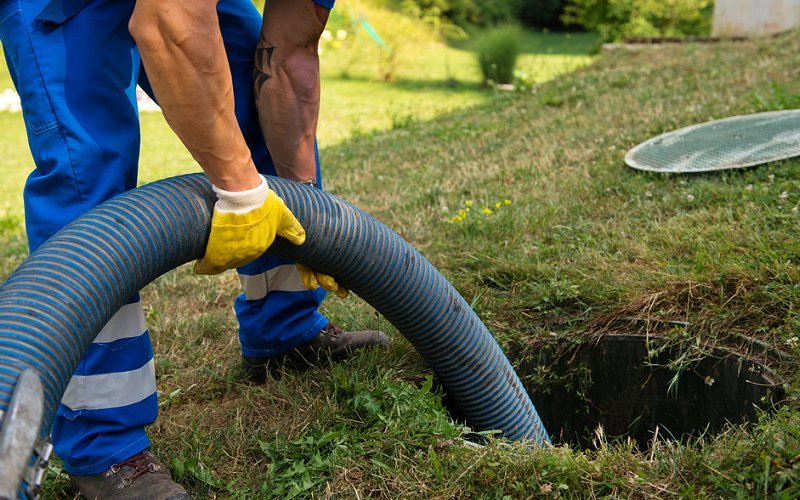
Credit: superiorplumbing.net.au
Choosing The Right Plumber
Dealing with a blocked sewer line can be a homeowner’s worst nightmare. The smell, the mess, and the inconvenience can be overwhelming. When you need to fix the problem, choosing the right plumber is crucial. But how do you know who to trust? Let’s explore two key factors to consider: checking credentials and reading reviews.
Check Credentials
Before you hire a plumber, it’s essential to ensure they have the right credentials. This means they should have the proper licenses and certifications required by your local authorities. A licensed plumber has gone through training and passed exams, which means they know what they’re doing.
Here are some tips to help you check their credentials:
- Ask for proof: Don’t hesitate to ask the plumber to show you their license. A professional won’t mind showing it.
- Verify online: Many local government websites allow you to verify a plumber’s license status online.
- Check for insurance: Ensure the plumber has liability insurance. This protects you in case something goes wrong during the repair.
Read Reviews
In today’s digital age, reviews can be a goldmine of information. Reading what other customers have to say about a plumber can give you a good idea of their reliability and quality of work.
Consider these steps when reading reviews:
- Look for detailed reviews: Reviews that mention specific experiences can be more helpful than generic comments. Look for mentions of punctuality, professionalism, and the quality of the repair.
- Check multiple sources: Don’t rely on just one review site. Look at reviews on Google, Yelp, and even the plumber’s own website.
- Pay attention to responses: See how the plumber responds to negative reviews. A professional plumber will address complaints politely and try to resolve issues.
Choosing the right plumber might seem daunting, but by checking credentials and reading reviews, you can make an informed decision. Remember, a little research can save you a lot of headache down the line. And hey, wouldn’t you rather spend your time enjoying a well-functioning home than dealing with plumbing problems?
Frequently Asked Questions
How Do Plumbers Fix A Clogged Sewer Line?
Plumbers fix a clogged sewer line by using a drain snake or hydro-jetting to remove blockages. They may also inspect with a sewer camera.
How Much Does It Cost To Fix A Clogged Sewer Line?
Fixing a clogged sewer line typically costs between $150 and $500. Prices vary based on severity and location.
Who Is Responsible For Main Sewer Line Clog?
Homeowners are typically responsible for main sewer line clogs on their property. For clogs beyond property lines, the city or municipality is responsible.
What To Do If A Sewage Pipe Is Blocked?
Use a plunger to try clearing the blockage. If unsuccessful, use a drain snake. Call a professional plumber if needed. Avoid using chemical cleaners as they can damage pipes.
Conclusion
Blocked sewer lines can be a real headache. Regular maintenance helps prevent issues. Quick action keeps damage to a minimum. Plumbing repairs for blocked sewer lines ensure proper repair. Ignoring problems can lead to costly repairs. Take steps to maintain your plumbing system. A clear sewer line means a healthier home.
Don’t wait for small issues to become big problems. Keep your plumbing in top shape for peace of mind. Good plumbing practices save time and money. Stay proactive for a hassle-free home environment. Proper care leads to long-term benefits. Keep your pipes flowing smoothly with routine checks.

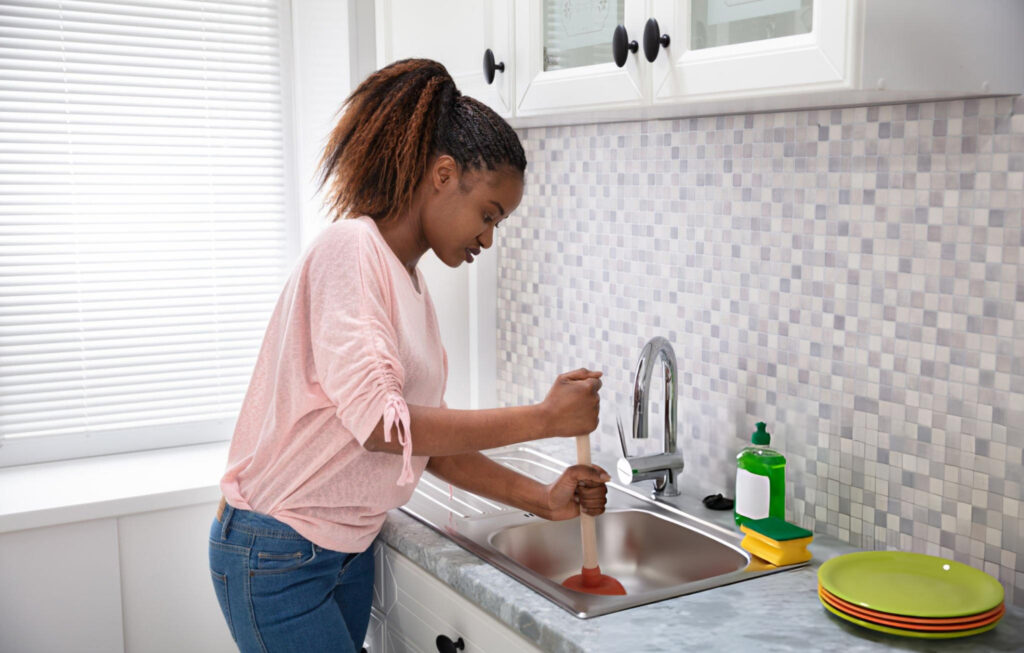
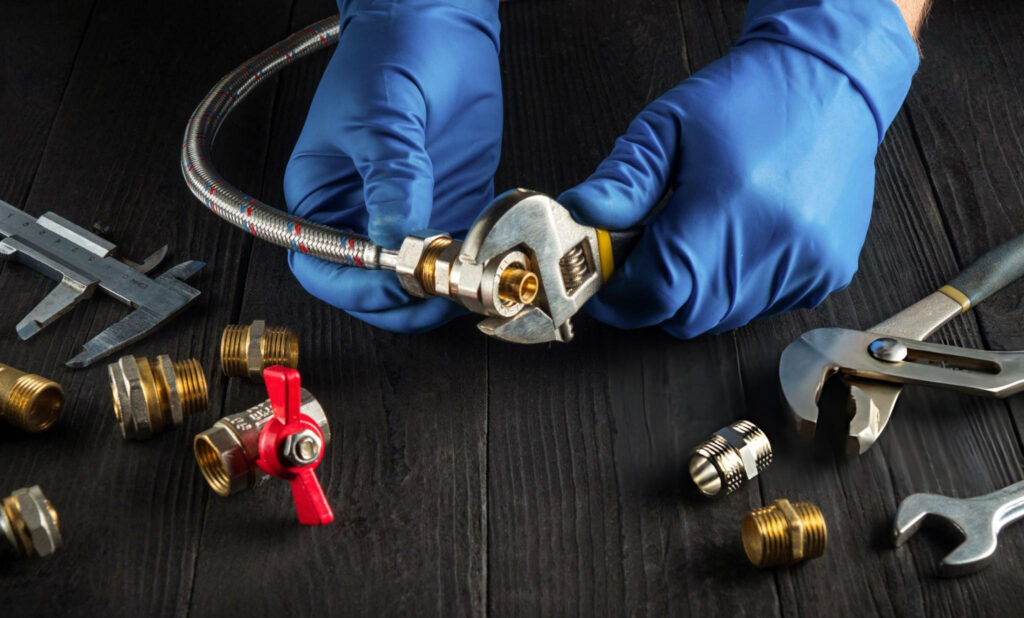


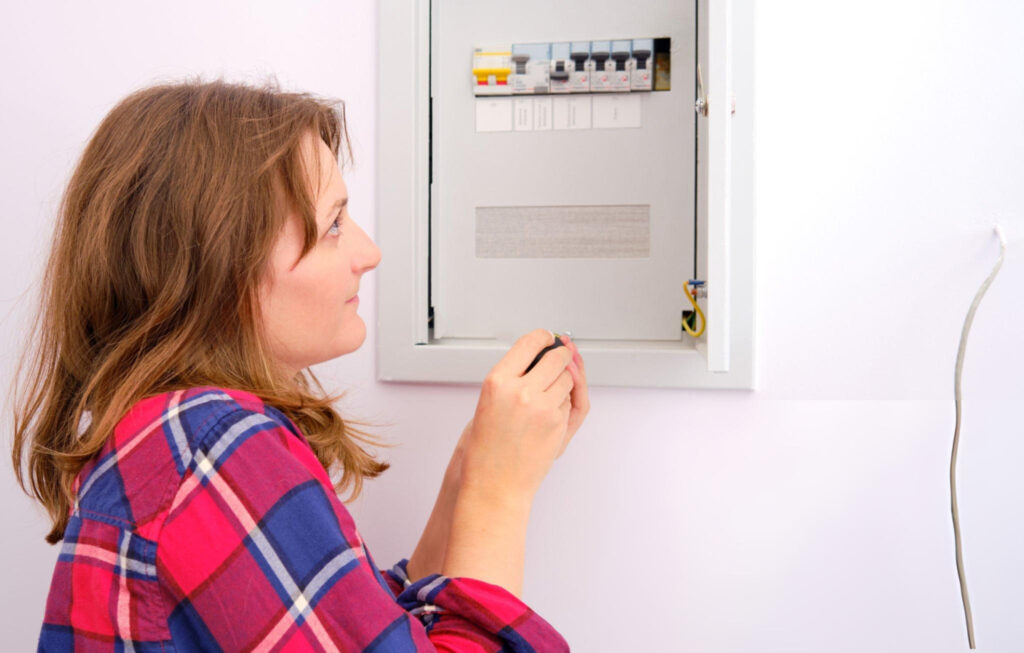


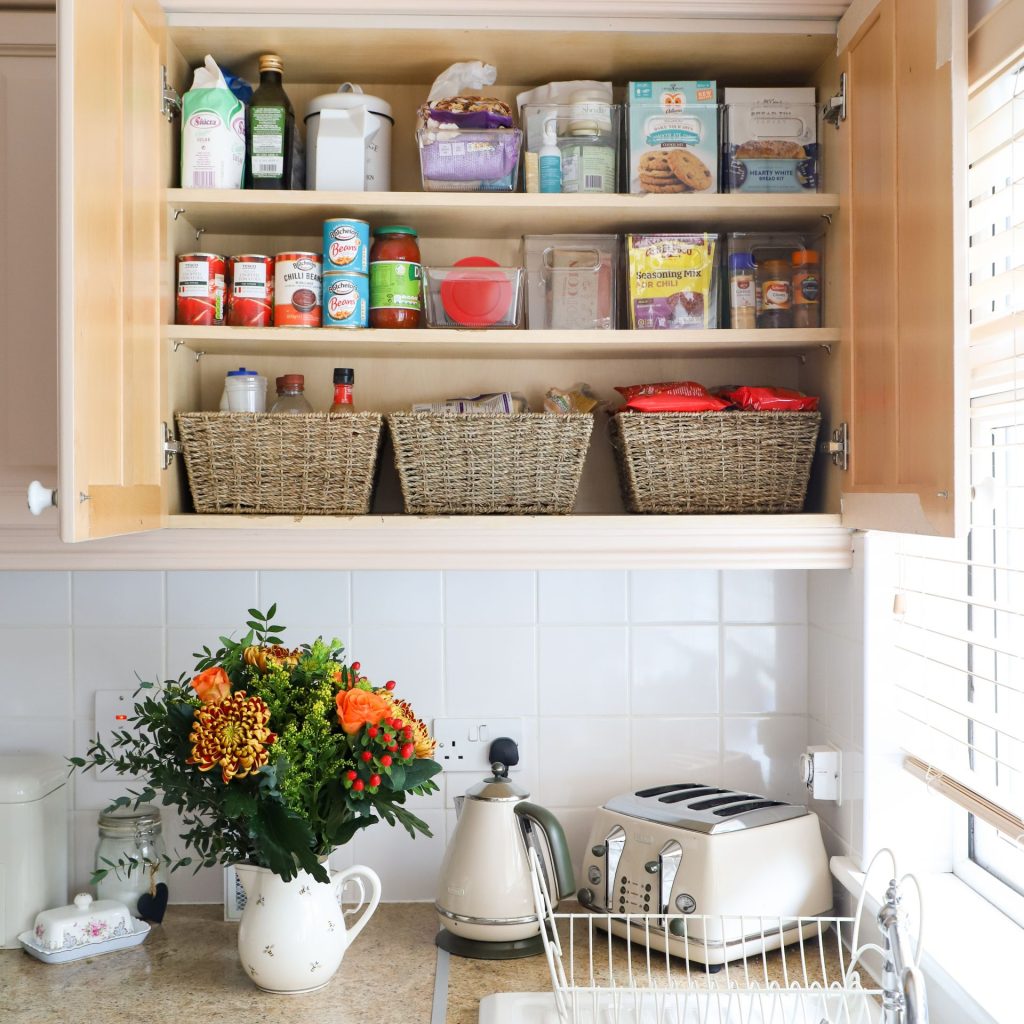
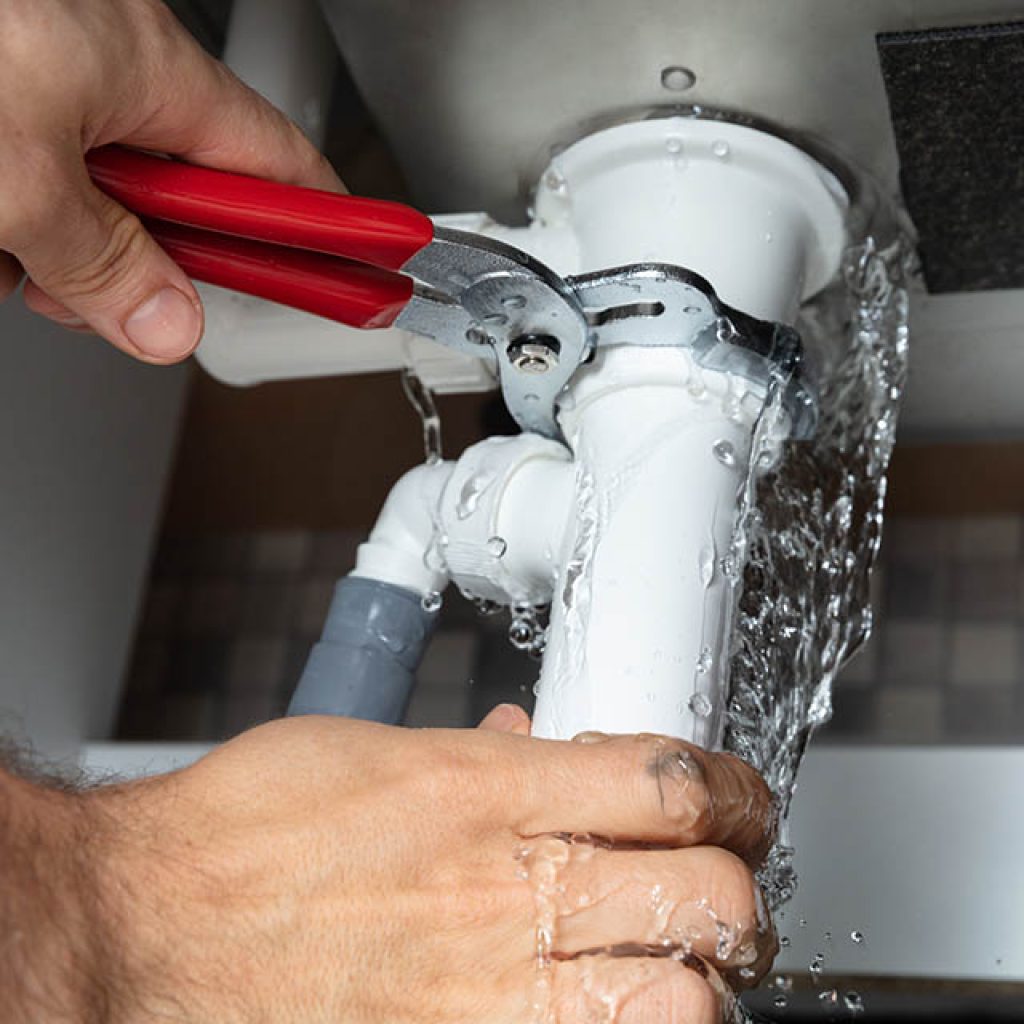


1 thought on “Plumbing Repairs for Blocked Sewer Line: Fast Solutions Today”
Pingback: Plumbing Repair Tips for Low Water Pressure: Boost Your Flow Today - Sweet Home Zone